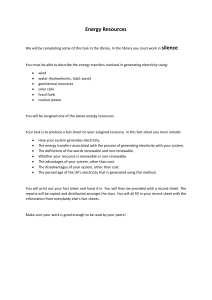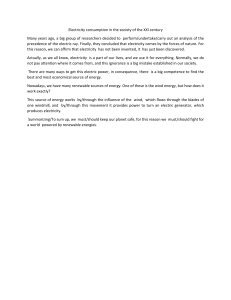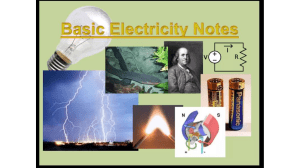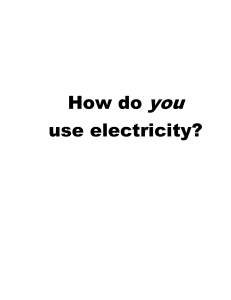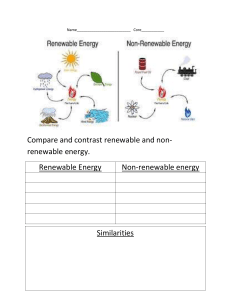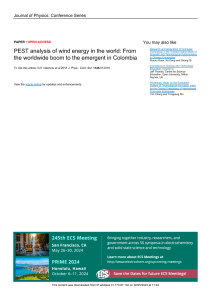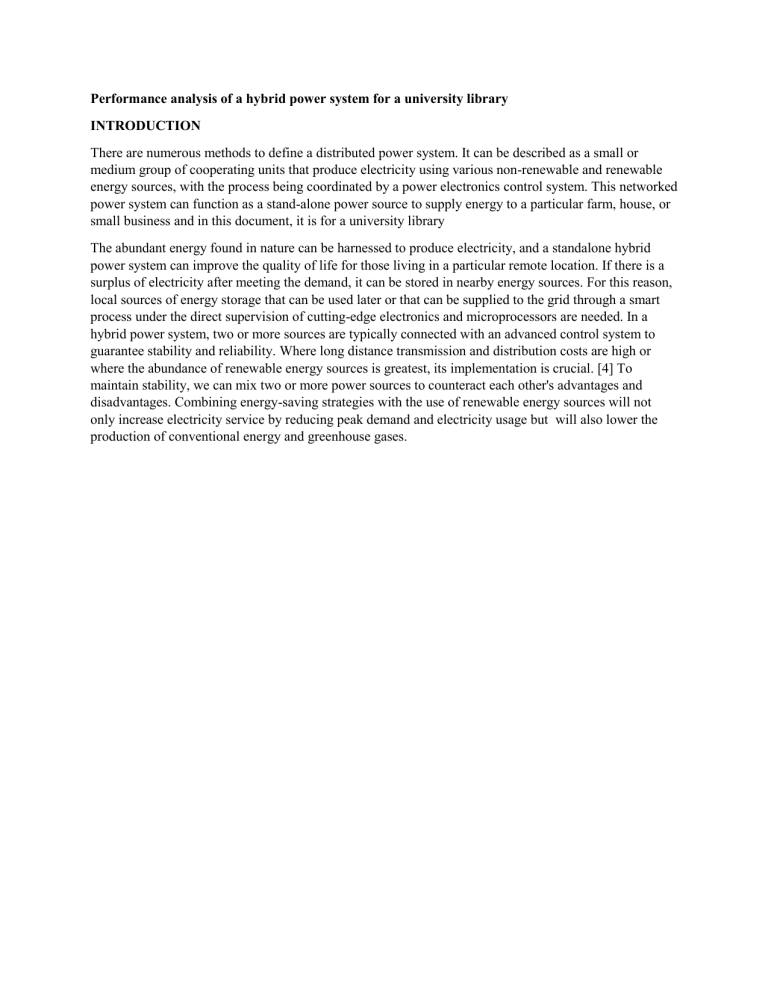
Performance analysis of a hybrid power system for a university library INTRODUCTION There are numerous methods to define a distributed power system. It can be described as a small or medium group of cooperating units that produce electricity using various non-renewable and renewable energy sources, with the process being coordinated by a power electronics control system. This networked power system can function as a stand-alone power source to supply energy to a particular farm, house, or small business and in this document, it is for a university library The abundant energy found in nature can be harnessed to produce electricity, and a standalone hybrid power system can improve the quality of life for those living in a particular remote location. If there is a surplus of electricity after meeting the demand, it can be stored in nearby energy sources. For this reason, local sources of energy storage that can be used later or that can be supplied to the grid through a smart process under the direct supervision of cutting-edge electronics and microprocessors are needed. In a hybrid power system, two or more sources are typically connected with an advanced control system to guarantee stability and reliability. Where long distance transmission and distribution costs are high or where the abundance of renewable energy sources is greatest, its implementation is crucial. [4] To maintain stability, we can mix two or more power sources to counteract each other's advantages and disadvantages. Combining energy-saving strategies with the use of renewable energy sources will not only increase electricity service by reducing peak demand and electricity usage but will also lower the production of conventional energy and greenhouse gases.
